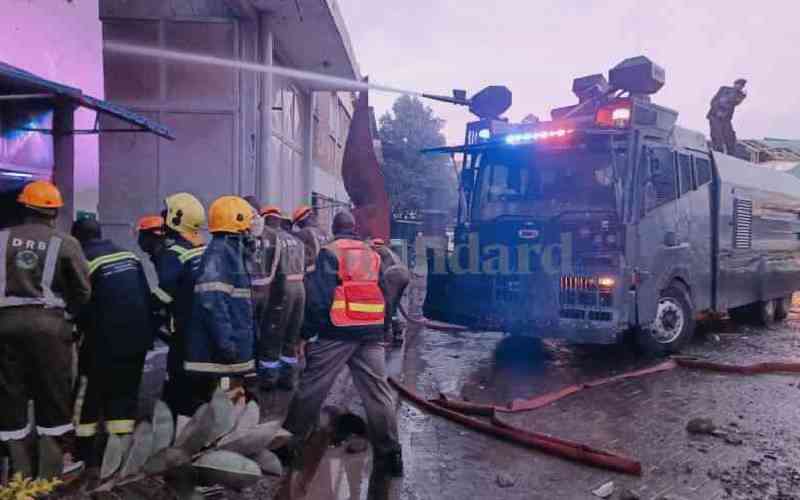×
The Standard e-Paper
Home To Bold Columnists

Two recent fire incidents in Nairobi have raised questions about the county's disaster preparedness.
The first incident happened at the City Stadium roundabout before a gas explosion at Mradi in Embakasi East, leading to deaths and the destruction of property.